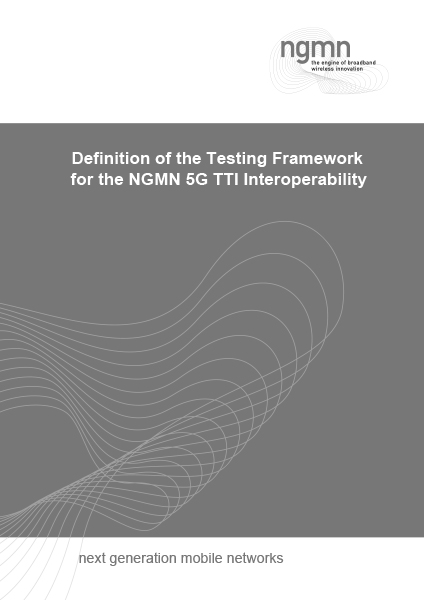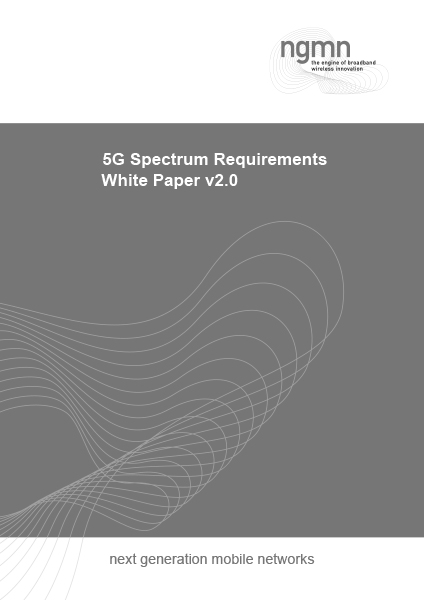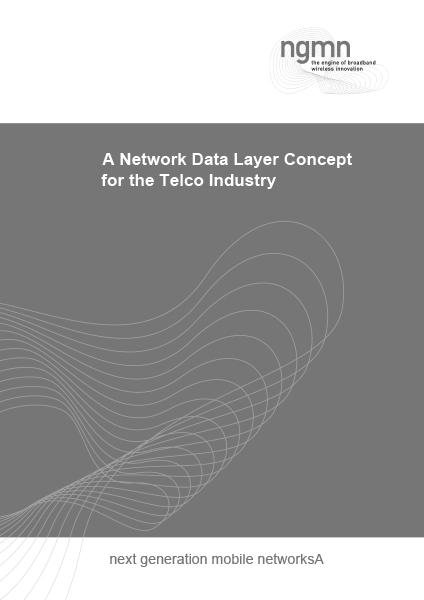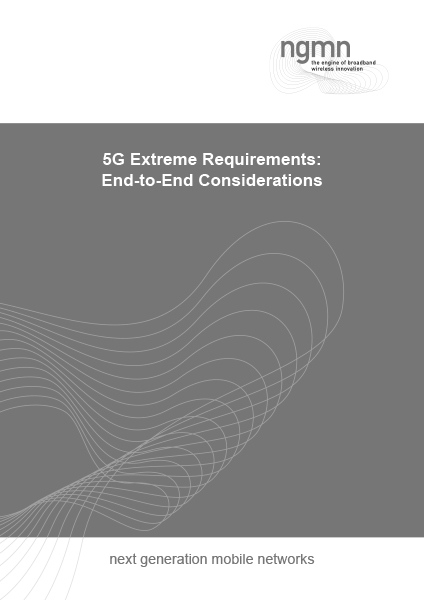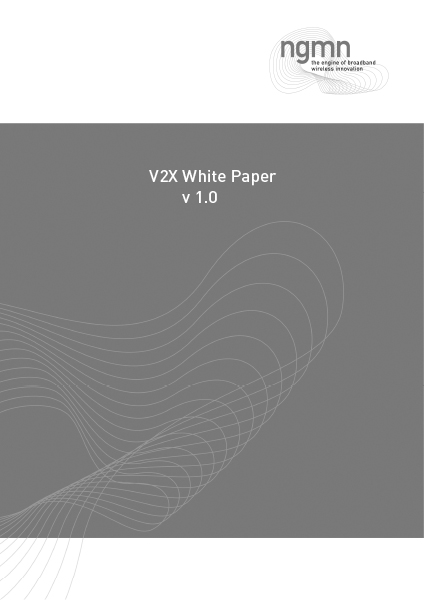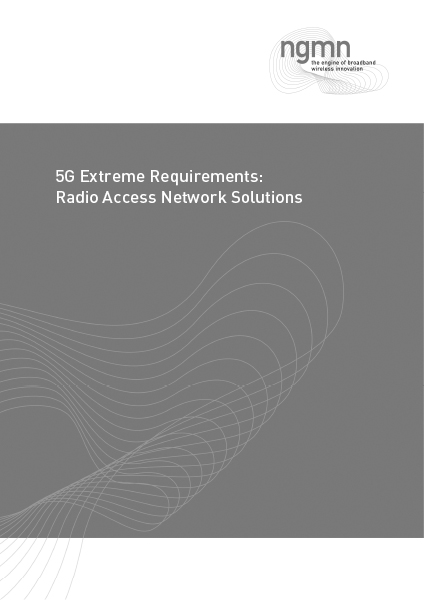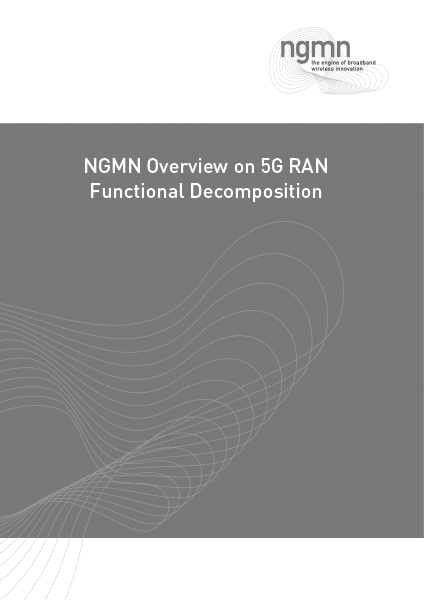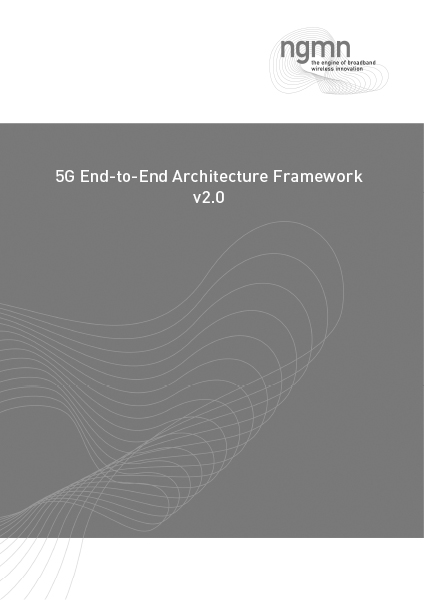NGMN Recommendations on Cooperative Intelligent Transport Systems (C-ITS)
In a letter from the NGMN board members to the European Commission, NGMN strongly recommends to adopt a forward-thinking, technology-neutral approach in developing the EU’s C-ITS strategy.
The letter, addressed to EC President Jean-Claude Juncker, calls upon European legislators to reconsider the current EC Delegated Act by including C-V2X on the list of potential technologies that European stakeholders may pursue and allow the market to decide which technology prevails.
The board urges that given its importance, the Delegated Act adoption should not be rushed but conducted in transparent consultation with all stakeholders.
A recent white paper on V2X technology published earlier this year by NGMN was also included, outlining the advantages of cellular technology over the less desirable wi-fi technology currently being considered.


